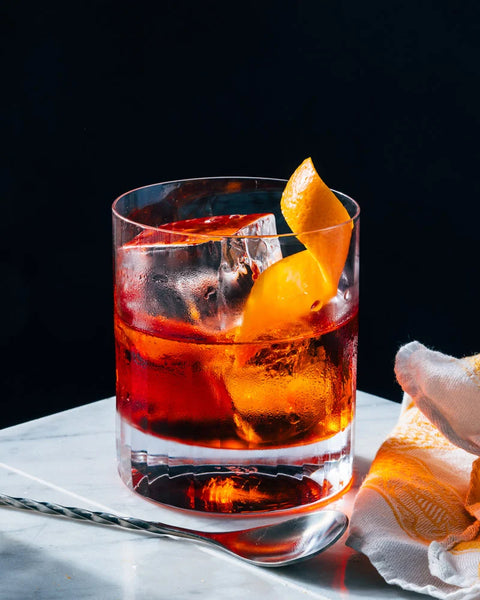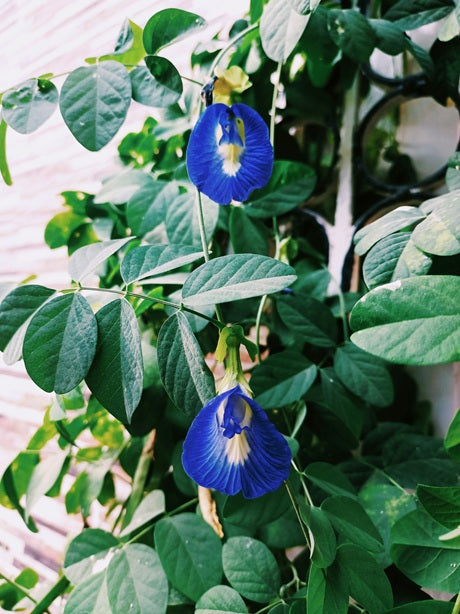The World's Best Cocktails: The Manhattan
Introduction
The Manhattan stands as one of the most sophisticated and enduring cocktails in history. This perfect marriage of American whiskey and Italian vermouth represents the golden age of cocktails and continues to exemplify elegance in mixology.
Historical Origins
Created in the 1870s at New York's Manhattan Club, allegedly for a banquet hosted by Lady Randolph Churchill (Winston Churchill's mother). While this origin story is debated, the Manhattan's prominence in American cocktail culture is undisputed.
The Classic Recipe
Traditional Manhattan
- 60ml rye whiskey or bourbon
- 30ml sweet vermouth
- 2-3 dashes Angostura bitters
- Garnish: Maraschino cherry or lemon twist
- Method: Stirred, served up
Key Elements
- Choice of whiskey
- Vermouth quality
- Proper dilution
- Temperature control
- Garnish selection
Spirit Selection
Rye Whiskey
- Traditional choice
- Spicier profile
- More angular flavor
- Higher proof options
Bourbon Alternative
- Sweeter character
- Vanilla notes
- Rounder mouthfeel
- Modern popularity
Technical Preparation
Stirring Method
- Fill mixing glass with ice
- Add all ingredients
- Stir 30-40 rotations
- Strain into chilled glass
- Garnish appropriately
Temperature Considerations
- Pre-chilled glass
- Quality ice
- Proper dilution
- Quick service
Classic Variations
Perfect Manhattan
- Equal parts sweet and dry vermouth
- Traditional with rye
- Orange bitters optional
- Lemon twist garnish
Rob Roy
- Scotch whisky base
- Sweet vermouth
- Similar proportions
- Scottish variation
Dry Manhattan
- Dry vermouth instead of sweet
- Lighter style
- Lemon twist garnish
- Less common variation
Modern Interpretations
Black Manhattan
- Averna amaro replaces vermouth
- Contemporary classic
- Complex bitter profile
- Created in San Francisco
Brooklyn
- Dry vermouth and amaro
- Maraschino liqueur
- More complex profile
- Historic borough tribute
Vermouth Selection
Sweet Vermouth
- Italian traditional
- Freshness essential
- Storage important
- Quality crucial
Vermouth Handling
- Refrigerate after opening
- Use within 1-2 months
- Check freshness regularly
- Store properly
Garnish Mastery
Cherry Selection
- Quality maraschino
- Luxardo traditional
- No artificial colors
- Proper storage
Alternative Garnishes
- Lemon twist
- Orange twist
- Brandied cherry
- Regional variations
Service Standards
Glassware
- Nick & Nora glass
- Coupe glass
- Martini glass
- Chilled essential
Ice Considerations
- Quality for stirring
- Clear ice preferred
- Proper dilution
- Temperature control
Professional Insights
Bartender Tips
- Quality ingredients essential
- Proper stirring technique
- Temperature management
- Fresh vermouth
- Proper garnish care
Common Mistakes
- Warm service
- Poor quality vermouth
- Over-dilution
- Wrong proportions
- Bad ice
Cultural Impact
Historical Significance
- Pre-Prohibition classic
- New York heritage
- Cocktail renaissance
- Modern relevance
Popular Culture
- Literary references
- Film appearances
- Television influence
- Social status symbol
Food Pairings
Classic Combinations
- Aged cheese
- Charcuterie
- Dark chocolate
- Nuts
- Dried fruits
Modern Pairings
- Smoked foods
- Rich desserts
- Blue cheese
- Grilled meats
- Spiced dishes
Home Bartending
Essential Tools
- Mixing glass
- Bar spoon
- Julep strainer
- Quality glassware
- Ice
Ingredients Checklist
- Premium whiskey
- Fresh vermouth
- Quality bitters
- Proper garnishes
- Good ice
Expert Techniques
Balance Considerations
- Spirit to vermouth ratio
- Bitters amount
- Dilution level
- Temperature
- Garnish impact
Customization Guide
- Adjust whiskey style
- Vary vermouth amount
- Consider bitters types
- Garnish options
Conclusion
The Manhattan remains a testament to the art of cocktail making, combining simplicity with sophistication. Its ability to showcase quality spirits while maintaining perfect balance has ensured its place among the world's finest cocktails. Whether enjoyed in its classic form or through modern interpretations, the Manhattan continues to represent the pinnacle of cocktail craftsmanship.




Comments (0)
There are no comments for this article. Be the first one to leave a message!